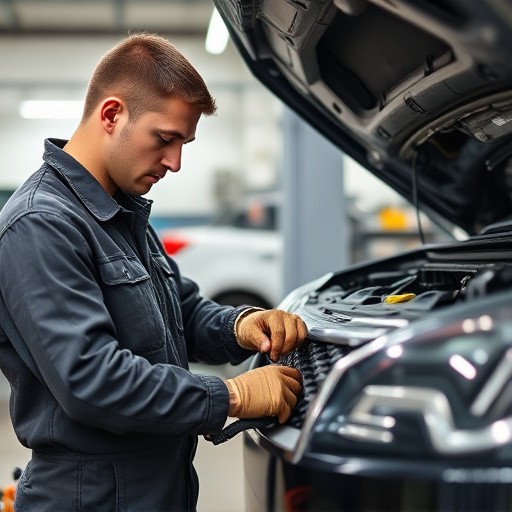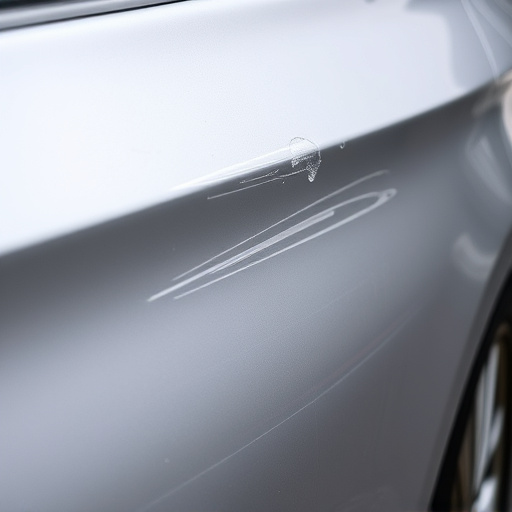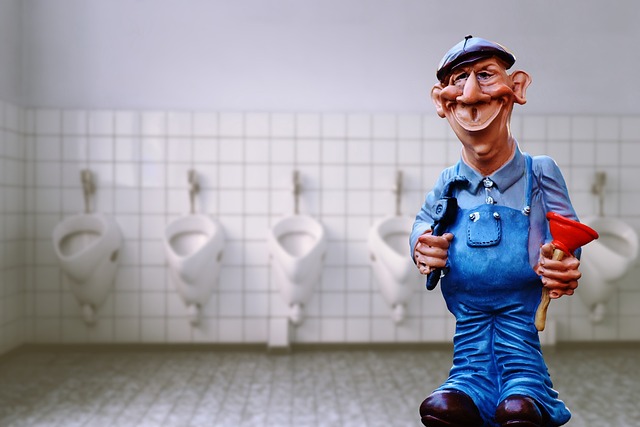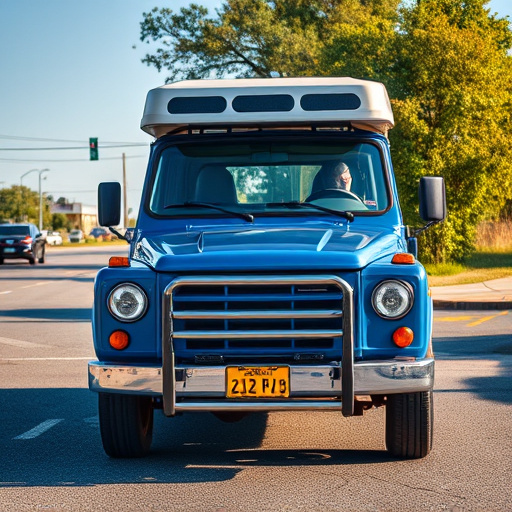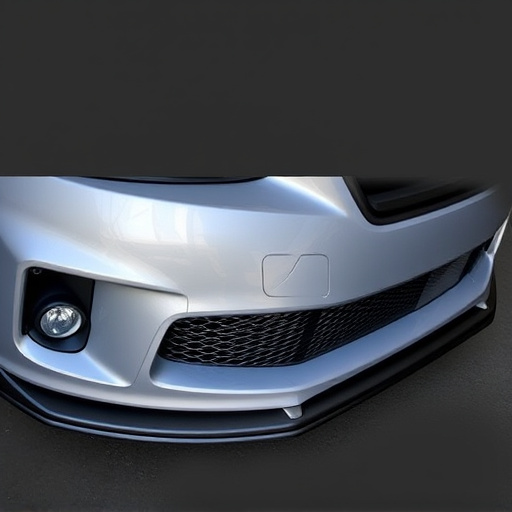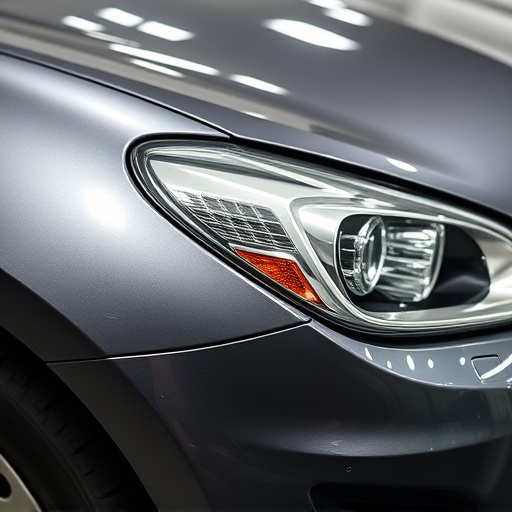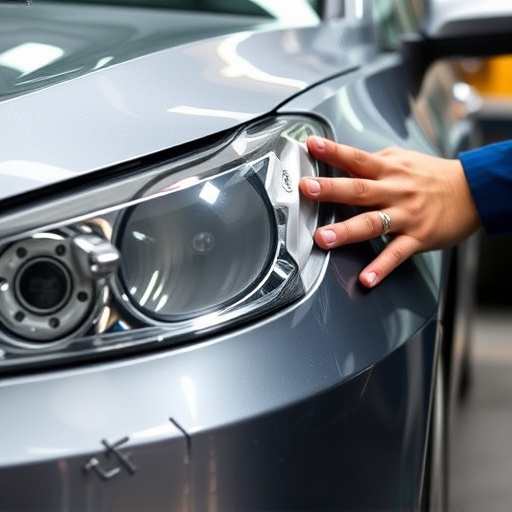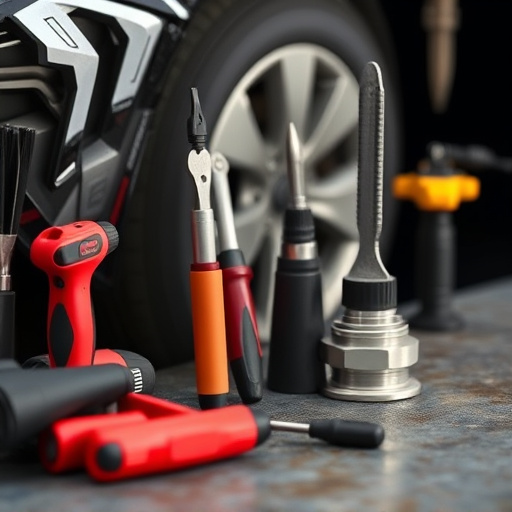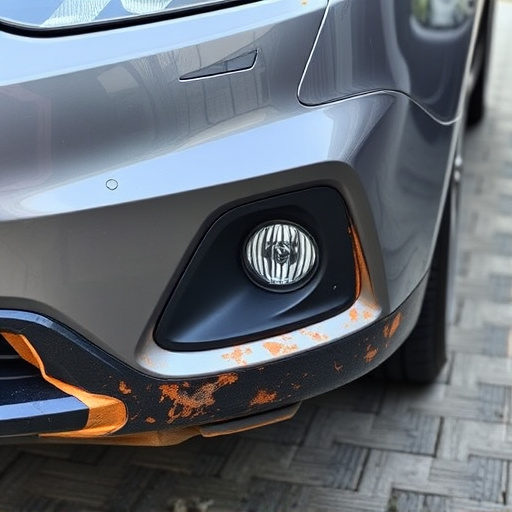Water damage can critically affect a Tesla's airbag system, requiring meticulous repair involving drying, inspection, and replacement of corroded or damaged parts. Professional auto repair services specializing in Tesla collisions ensure accurate reassembly and optimal performance through rigorous testing, including inflated deployments and advanced diagnostics. Regular maintenance addressing moisture intrusion, along with protective coatings and wraps, prevents future issues for the critical Tesla airbag system.
Tesla vehicles are renowned for their cutting-edge technology, but water damage can pose a significant threat to the sophisticated airbag system. This article guides owners through the process of repairing their Tesla’s airbag system after water-related incidents. We’ll explore common water damage challenges, provide step-by-step repair instructions, and offer testing and prevention tips to ensure your vehicle’s safety. Learn how to effectively address this critical maintenance task for your Tesla.
- Understanding Tesla Airbag System Water Damage
- Steps for Effective Airbag System Repair
- Testing and Prevention Strategies Post-Repair
Understanding Tesla Airbag System Water Damage
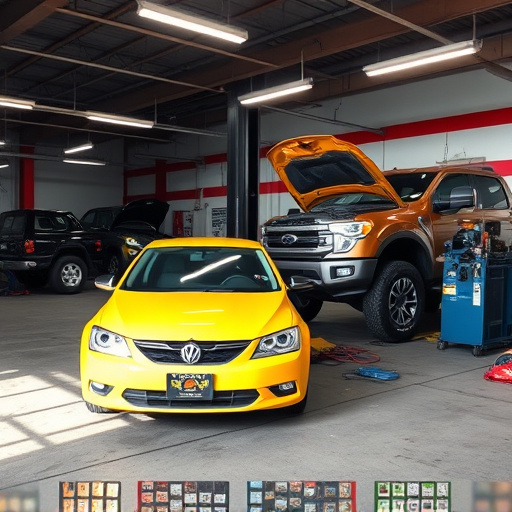
Water damage can significantly impact a Tesla’s airbag system, potentially rendering it inoperable. This is because the airbags are designed to deploy quickly and effectively during collisions, and water intrusion can compromise this critical safety feature. Moisture can cause electrical malfunctions, affecting the sensors and actuators that trigger the airbags. Moreover, water damage may also affect the vehicle’s structural integrity, as rust and corrosion can set in over time, especially if not addressed promptly after a flooding event.
Proper Tesla airbag system repair following water damage events involves several steps. First, the source of the moisture must be identified and removed. This could include drying out the affected areas and addressing any leaks. Then, professional auto repair technicians will inspect the airbags, sensors, and electrical components for signs of corrosion or malfunction. In severe cases, replacement parts may be necessary to ensure the airbag system functions correctly and safely. Choosing a reputable autobody repair shop with experience in Tesla repairs is crucial to restore your vehicle’s safety features to their optimal state after such an event.
Steps for Effective Airbag System Repair
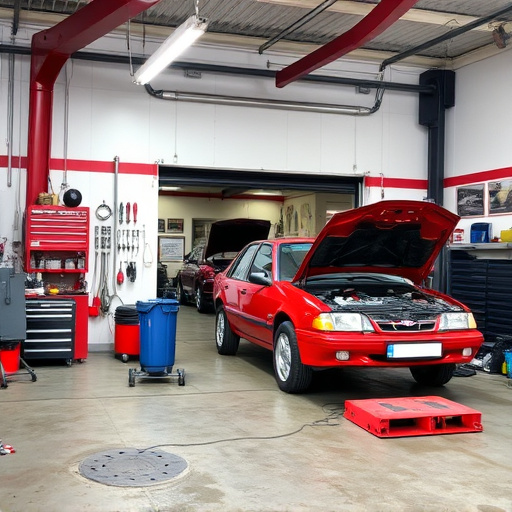
When it comes to Tesla airbag system repair after water damage events, a systematic approach is crucial. Begin by thoroughly drying out all components, as moisture can compromise the effectiveness and integrity of airbags. Use specialized equipment like dehumidifiers and heat guns to ensure no residual humidity remains.
Next, carefully disassemble the affected modules for inspection. Look for signs of corrosion or damage, especially in electrical connections. Replace any damaged parts, such as sensors or wiring harnesses, with genuine Tesla spares. For a reliable auto repair near me that specializes in automotive collision repair, consider seeking professional help to ensure the airbag system is reassembled correctly and functions optimally. Remember, your safety depends on every component being in top condition.
Testing and Prevention Strategies Post-Repair
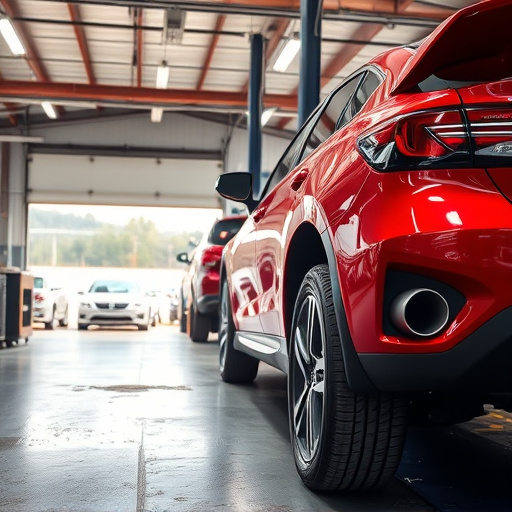
After successfully repairing the Tesla airbag system damaged by water, thorough testing is paramount to ensure its reliability and safety. This involves inflating the airbags under controlled conditions to verify their deployment speed, strength, and functionality. Advanced diagnostic tools are employed to monitor pressure levels and electrical signals, ensuring each component operates as intended. Additionally, a series of simulated impact tests can be conducted to mimic real-world scenarios, further validating the system’s preparedness.
Prevention remains key in maintaining the integrity of the Tesla airbag system. Regular auto maintenance, especially for car bodywork exposed to moisture or severe weather conditions, is essential. This includes inspecting and sealing any gaps or cracks that might allow water intrusion. Additionally, using waterproof coatings and protective wraps on critical components can significantly reduce the risk of future water damage, ensuring optimal performance when it matters most during an emergency.
In conclusion, effectively repairing a Tesla’s airbag system damaged by water requires a meticulous process that includes understanding the unique challenges of the electric vehicle’s design, executing precise repair steps, and implementing robust testing and prevention strategies. By adhering to these guidelines, Tesla owners can ensure their safety without compromising on the reliability of their vehicle’s crucial airbag system.
